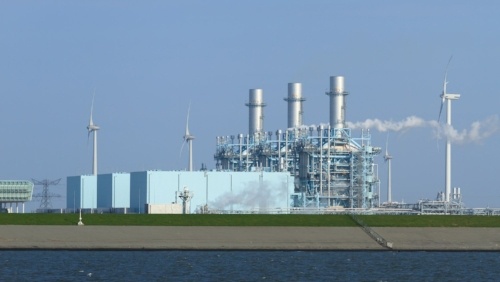1 min read
Energy Hedging Advisory Firm of the Year
We're thrilled to announce that Energy Risk has awarded us Hedging Advisory Firm of the Year. Regarded as the benchmark awards for the global energy...
2 min read
Mercatus Energy : Jun 30,2016

Managing an energy budget can be a difficult task to say the least. Natural gas, fuel and electricity markets are complex and volatile. Not to mention, energy costs are often one of the major operating expenses for most commercial and industrial companies.
The following six tips should help you to better control your company’s energy budget.
Utilize a team approach: While you don’t need the entire army involved, you should involve no less than two key decision makers when making energy hedging and/or procurement decisions. We would suggest that you include at least one financial executive (i.e. CFO) as well as an operational executive (i.e. COO), so that both the financial and operational perspectives are “at the table”. Avoid placing the entire responsibility on one individual or department, as the outcome of such an approach is rarely ideal.
Define your goals and objectives: Each company has a different tolerance for energy price risk, depending on its organizational goals, operating environment and financial condition. Setting explicit, quantifiable and realistic objectives are the key to a successful energy hedging and procurement program. Defining appropriate goals and objectives makes sure everyone on your team is on the same page.
Crunch the numbers and then crunch them again: Energy hedging and procurement decisions can be costly, or worse, if you don’t quantify your risk before entering into a contract(s). Whether you’re buying or selling a swap, option, futures contract or entering into a contract with a supplier, run a “what-if” analysis so that you know how the contract will impact your cash flow and bottom line in various price environments. Recall it was only a few years ago that crude oil rose to nearly $150/barrel only to fall to $35/barrel a few months later. Similar examples can be made for diesel fuel, electricity, gasoline, natural gas, propane, etc.
Create a competitive process: An energy hedging and/or procurement program should be a competitive process. This means that you want no less than three counterparties and/or suppliers competing for your business. Prices vary from counterparty to counterparty and supplier-to-supplier and unless you have a choice, you probably won’t receive the most competitive price.
Diversify your risk: Structure your energy hedging and supply arrangements in a way that allows you to avoid having all your eggs in one basket. Don't rely on one counterparty, brokerage firm or supplier. Develop a portfolio of counterparties.
Analyze your performance: In order to know whether your energy hedging and procurement activies are "working," you need to analyze your results. Proper analysis is the only way to determine if, when and how your hedging and procurement initiatives are performing as desired.
If you follow these simple six steps you will be on your way to developing a solid energy hedging and procurement program. As always, if you we can be of assistance, please don't hesitate to contact us.

1 min read
We're thrilled to announce that Energy Risk has awarded us Hedging Advisory Firm of the Year. Regarded as the benchmark awards for the global energy...

2 min read
1. Identify, Analyze and Quantify All Risks Identify all of the company's energy commodity related risks including market, basis, operational,...

4 min read
You often hear people say, “It’s better to be lucky than good.” I go the exact opposite direction – Luck has the ability to hide bad management...